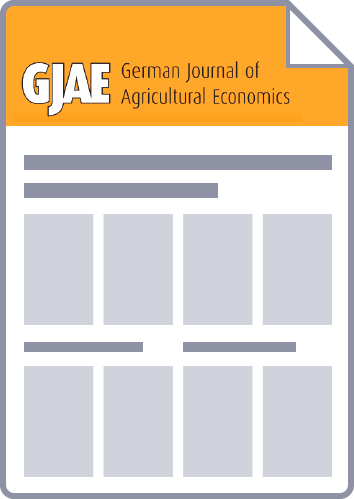This paper presents price and income elasticities of food demand in Germany. Using cross sectional data from the 2003 German income and consumption survey a Linear Approximate Almost Ideal Demand System is employed. Two aspects which have to be taken into account when using cross-sectional data are insufficient price information and zero expenditures. An approach of COX and WOHLGENANT (1986) is applied to derive quality adjusted prices. In order to take into account censoring of the dependent variables a procedure of SHONKWILER and YEN (1999) was employed. A high expenditure elasticity is found for meat demand. The highest own-price elasticities are for the demand for meat/-products and milk/-products. Within the meat group, beef demand shows a particular low own-price elasticity. The cross-price elasticities indicate more complementary relationships than was expected. Elasticity analyses differentiated by household groups suggest that elasticities for meat differ between these groups.



